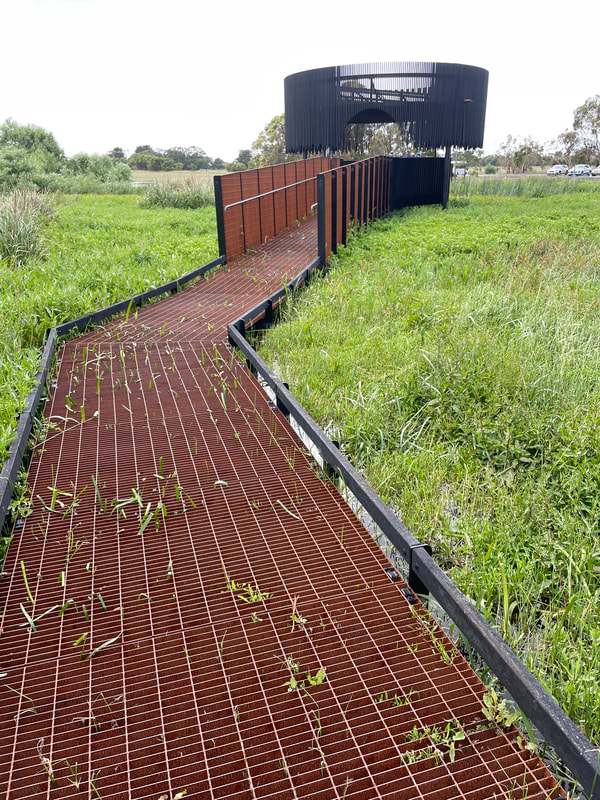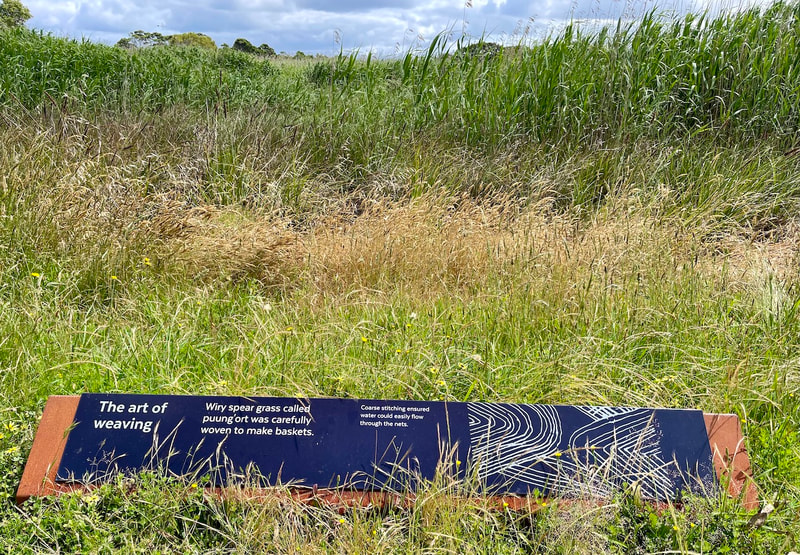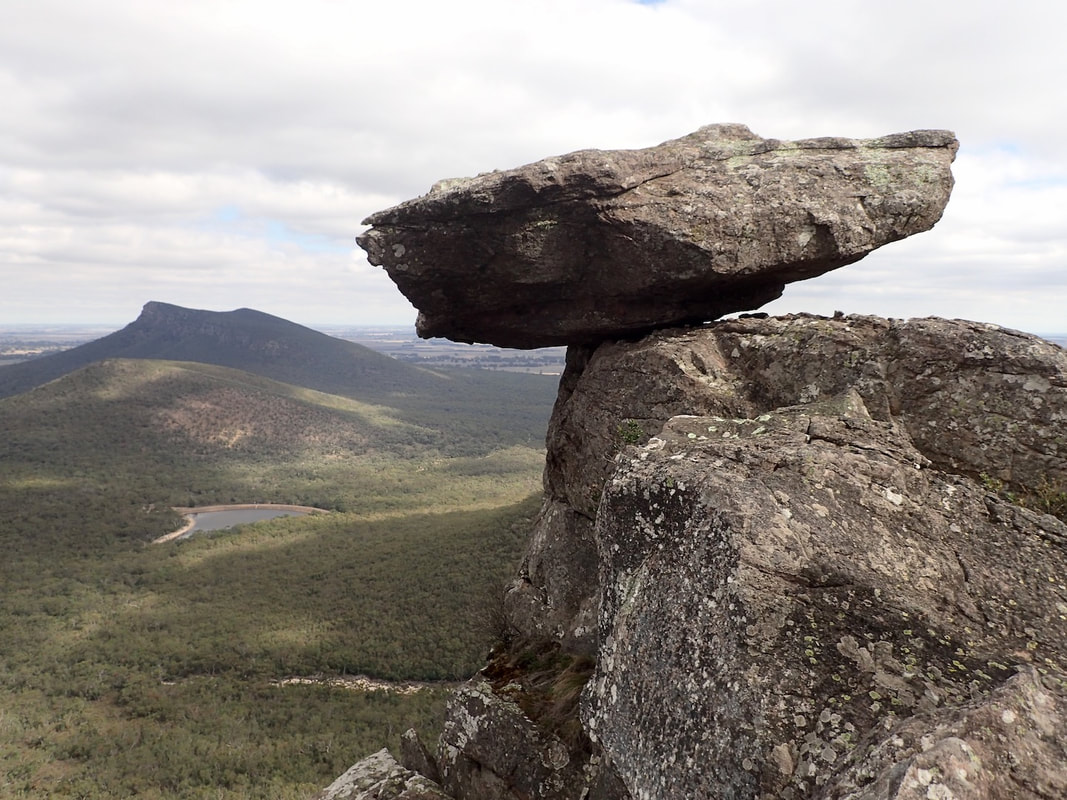|
20/3/2024 0 Comments Second Edition of Recreating the Country on key landscape design principles just published by Em PRESS This updated and expanded Second Edition builds on 15 years of hard-won experience in rethinking revegetation strategies to match ten key design principles, as observed in nature by the author and ecologist, Stephen Murphy. The Second Edition includes three new chapters, along with revisions based on further observation of nature in action since 2009. In a new chapter highlighting personal case studies, many landholders attest to having applied Stephens’ design principles and the results are now in – wildlife, in all its wonderful diversity, is returning. We have all read about the relentless decline of Australia’s plants and animals and the need to repair the natural habitats we have lost. Stephen’s binary response to this challenging dilemma involves planting wider ‘biorich’ plantations that mimic nature, while integrating ‘useful’ plants for human harvest. Incorporating 20% of plants in revegetation for personal use makes significantly wider biodiversity plantations attractive to landowners and provides a lifeline for Australia’s flora & fauna. Stephen writes a regular blog on the environment, which is posted on his website www.recreatingthecountry.com.au ‘Writing with passion, commitment and insight, Murphy emphasises the need to mimic nature and that working with nature requires a long-term perspective. It’s an important reminder that the actions we take today will shape the country that future generations will inherit.’ - Andrew Bennett, Adjunct Professor in Ecology, La Trobe University
0 Comments
14/11/2023 0 Comments Budj Bim interpretive signage receives a swag of awards from its peers at Interpretation AustraliaThe Budj Bim Cultural Landscape project received a total of four major awards at Interpretation Australia's annual conference and National Awards for Excellence event last Thursday 9 November in Sydney. The awards included the top overarching grand prize. They were in the categories of: • First Nations Interpretation Project • Interpretation Planning and Design • Interpretation Project – Outdoors over $75k • Interpretation Australia 2023 Medal – the grand prize across all categories. Check the Interpretation Australia website for the full details of the awards and the judges comments. https://interpretationaustralia.asn.au/congratulations-to-our-2023-national-awards-for-excellence/ Director, David Huxtable, of LookEar, the interpretive signage company that led the project, said: "This is a really pleasing result and a credit to all who have been involved in the project, and in what was a very detailed submission." Em PRESS Publishing principal, Gib Wettenhall, researched and wrote the bulk of the content for the signage. 21/6/2023 1 Comment Impressive interpretive signage now in place across the Budj Bim Cultural LandscapeSignage and infrastructure at five locations are in place from the Budj Bim National Park & its crater lake, Lake Surprise, to the nearby Tae Rak Aquaculture Centre, which has a walkway out into the lake, a bush food cafe and a tank with live eels. Both these places are free and open to public access. Two other Indigenous Protected Area (IPA) locations, Kurtonitj and Tyrendarra, are only accessible as part of a tour. The south end has a publicly accessible entry station with info panels and BBQs at Tyrendarra township.
Features of the design are the use of rusty steel walkways, charred wood railings and stone walls, aiming to fit in with the landscape. Signs are kept low so as not to impede views. Two Gunditmara companies are running guided tours. The main one, Budj Bim Cultural Landscape Tours, visits all sites but the Tyrendarra IPA circuit:– go to Budj Bim Cultural Landscape - Visit Today The other company, Budj Bim Tours, has rights to visit Tyrendarra IPA:- go to Heywood | Budj Bim Tours | Windamara Photos by the author and as supplied by Dave Huxtable, Director, LookEar, heritage interpretation designs, the company responsible for this project. I wrote the bulk of the interpretive signage content. In 2019, the Budj Bim Cultural Landscape was inscribed on UNESCO’s World Heritage list – the first Indigenous-led nomination from Australia. Out now, the Second Edition of The People of Budj Bim takes up the story since 2010.
The new edition describes the painstaking nomination process over a 17 year period, culminating in the inscribing ceremony for the Budj Bim Cultural Landscape at the 43rd World Heritage Congress session in Baku, Azerbaijan. Another added chapter looks at how the Gunditjmara have ably stepped up in healing Country, culture and the people themselves. It was great to work once again with designer Max Marks; and I'd like to acknowledge the calm and consistent guidance offered by Denis Rose at the Gunditjmara end. Published by em PRESS in late June 2022.  Woodsman Lachie Park has moved on to build a tiny one room hut out of green wood from locally sourced timbers and materials. It's in a clearing in the 15ha biorich plantation Lal Lal, SW Victoria, managed by Ballarat Region Treegrowers (BRT). Lachie's updated the traditional Aussie invention of the drop slab hut, so it not only celebrates localism, but is another beautiful example of pegging timbers the old, slow way. In the process of going local and going slow, he reduced carbon emissions. Where combined with avoiding processed products, going local and slow leads to going carbon low. There's a slogan in there. Visit BRT's biorich plantation website for an essay on the rationale behind building the drop slab hut – see also the earlier essay on this website called Raising A Green Wood Shed.  Published by em PRESS, each of the 20 walks and 10 bike rides in the Central Victorian Highlands Walk and Ride Circuits guide is supported by full colour, large scale contour maps alongside detailed accompanying track notes. It’s sturdy, wiro bound and well-designed – features that replicate the style of the award-winning Goldfields Track guide. Graded from easy to hard, the circuits are scattered around all points of the compass within a 25km radius from Daylesford. A team of five Great Dividing Trail Association (GDTA) members with vast collective experience specifically devised the walk and ride circuits, all of which are short enough to complete in around four hours. And because all of the routes presented are circuits, there’s no fiddling around with car shuttles. Visit the GDTA's online SHOP to purchase for $24.99  This 3rd reprint of The People of Gariwerd was undertaken in association with the Brambuk National Park & Cultural Centre. Previous print runs were sponsored by Aboriginal Affairs Victoria. Twenty years on, this is still the only comprehensive history of the Grampians ranges that gives the Aboriginal side of the story. It acknowledges that the ranges were fully occupied for tens of thousands of years by the Indigenous Djab wurrung and the Jardwadjali peoples. Illustrated throughout, it is ideal for students and visitors to the ranges. 14/9/2018 0 Comments Alison Pouliot strikes again You can almost smell the damp, dark forest which fungi inhabit in the new book by nature photographer, now author, Alison Pouli0t. As a photographer Alison Pouliot brought over 100 evocative images to the large format fotog book Gariwerd:Reflecting on the Grampians, published by em PRESS. I also commissioned her to take pix of features along the Goldfields Track, many of which adorn both editions of the the track's guidebooks. Her new informative and entertaining ‘autoethnographic’ tour of the fungal world features, as you would expect, many striking photos. She's no slouch at writing either. I just went to flick through the book, and before I knew it, was immersed in the lexicon of fungi and its disappointing roots in English. The Allure of Fungi is published by CSIRO Publishing.
 The People Budj Bim has been reprinted with minor changes. It is hoped a revised edition will come out next year to coincide with the Budj Bim landscape gaining World Heritage listing as Australia's first cultural landscape. Copies of the book are also on sale via the Gunditj Mirring Traditional Owners Aboriginal Corporation in Heywood. |
AuthorWriter and em PRESS publisher Gib Wettenhall lives among Mollongghip's volcanic hills at the far eastern end of the Divide between Ballarat and Daylesford. Archives
March 2024
Categories |
|
|
em PRESS Publishing specialises in Australian landscapes and their historical and cultural contexts. em PRESS is particularly interested in fusing Indigenous, European settler and nature-based readings of the landscape to provide a truer view of our country.
|



























 RSS Feed
RSS Feed